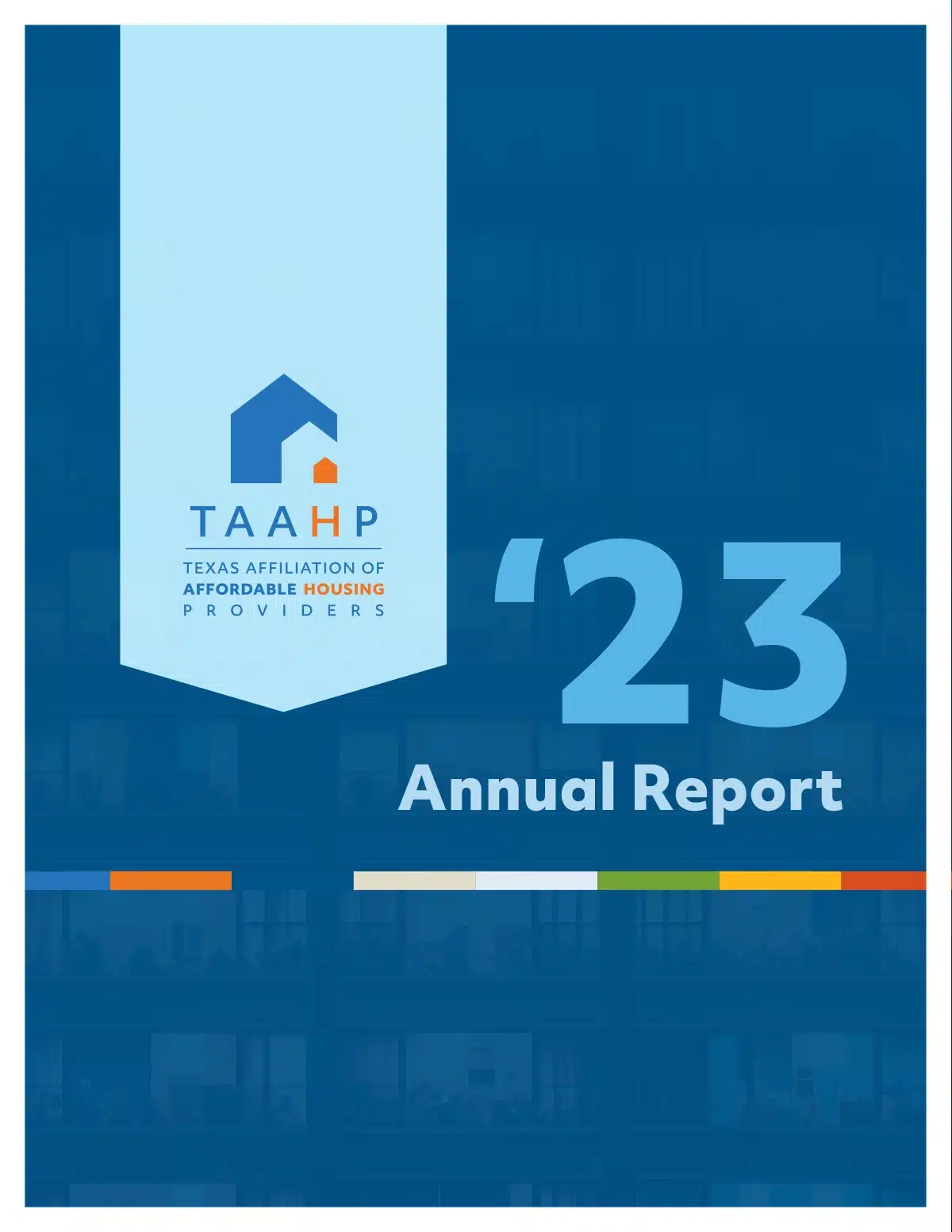Many rural communities are facing shortages of affordable rental housing, an issue that is becoming increasingly urgent as incomes stagnate and federal supports are stretched thin. One in four rural renters is spending more than 50 percent of their income on housing, yet the rental housing supply in rural communities is often small or shrinking.
As rural America’s housing requirements change, it is essential to assess the need for constructing more high-quality, affordable rental units. The diversity of rural America—from newly booming energy towns, to aging communities, to underserved rural communities experiencing persistent poverty—makes identifying this need challenging. This study analyzes what’s driving the demand for new affordable rental housing in diverse rural areas and suggests ways to increase funding and capacity to deliver new units to the communities with the most severe needs.
New solutions are needed as federal support is stretched thin
Many rural communities have been served by older federal programs, but they require new solutions to build capacity and develop units that provide affordable options at the scale required. The supply is not keeping up, and affordability issues are growing for those on fixed incomes and working families. As this study illustrates, many counties eligible for federal support face shortages, but resources are thin.
Several federal programs are authorized to provide loans, grants, guarantees, and operating support for affordable rental housing in rural America, but few are meeting the demand. These resources are generally oversubscribed, underfunded, and difficult to win when competing against urban projects. They also lack dedicated operating supports to make units affordable to the most vulnerable households.
Where affordable rental housing is needed most
Looking only at census tracts within each county that are eligible for US Department of Agriculture housing programs, we find that while the slim majority of rural counties have less severe need for more affordable rental housing units, a significant proportion have moderate need, and a targeted few face persistently severe needs.
- The need for affordable rental housing in some rural communities has become severe. Contrary to perceptions about aging communities with cheap housing, our analysis identified more than 150 growing counties with younger, more ethnically and racially diverse residents who experience higher-than-average poverty and unemployment, but in communities with few vacant, available rental homes, let alone federally subsidized ones.
Rural renters in these counties experience more overcrowding and are more likely to pay at least 50 percent of their income for rent. These renters live in the Border Region (from Texas to California), the Central Valley of California, parts of the southern Mississippi Delta region, and persistent-poverty areas in the Southeast. Additional pockets are scattered across the country.
- Thirty-eight percent face moderately severe rental housing needs. These counties still experience high poverty rates, high unemployment rates, low rental vacancy rates, overcrowding, and high rates of renters who are severely housing cost burdened. But they do not experience all these conditions simultaneously; they struggle with two or three. These counties are concentrated in the West, the Border Region, the Midwest, persistent-poverty areas in the Southeast, the southern Mississippi Delta, Central Appalachia, and along the East Coast from Connecticut to Florida.
- Fifty-eight percent of rural counties experience less severe needs for affordable rental housing production. These areas are concentrated in the Great Plains, Midwest, and Northeast. Compared with severe and moderately severe counties, these areas tend to have smaller, older populations and larger white populations. They also have lower poverty and unemployment rates, with greater reliance on stable farming and manufacturing jobs.
Strategies to improve affordable rental housing production in rural communities
Policymakers and developers can use this report’s findings to understand key factors that drive affordable rental housing needs in rural communities and point to strategies for addressing supply gaps, including the following:
- Increase public-sector resources to produce new affordable rental housing in rural America.
- Set priorities and preferences and provide incentives for development projects in rural communities with the most severe needs.
- Minimize risk and attract private-sector investment by using innovative strategies.
- Improve the capacity of federal agencies to mobilize and coordinate funding to rural communities.
- Improve developer capacity in underserved rural places and provide incentives.
- Promote more flexible building types

